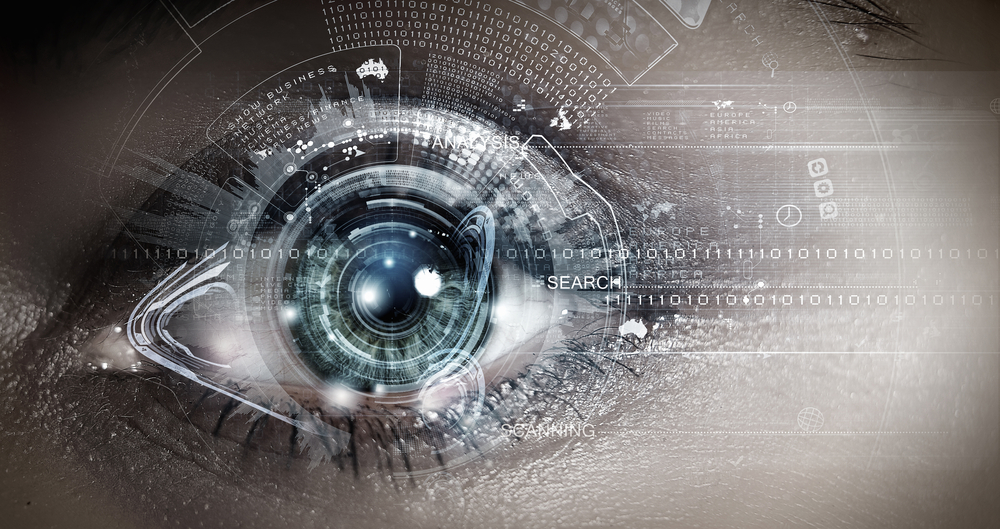4 min read
Multi-Factor Authentication In Access Control and Video
By: SCI Marketing on May 10, 2022 9:47:45 AM

Learn about a simple measure that can help keep your company more secure
A single password is no longer a strong enough defense against hacking, phishing, and the various other threats that may lurk on the internet of things. It’s all too easy for credentials to be compromised by ill-intentioned entities, and much of the time, their convenience gets lost in the constant need for resetting and strengthening.
For stronger security, companies must adopt systems that rely on multi-factor authentication instead of a simple password. In fact, Microsoft engineers estimate that over 99% of the compromised accounts they deal with could have been protected by multi-factor authentication. Learn what multi-factor authentication is and how it can bolster your access control and hosted security solutions.
What is Multi-Factor Authentication?
Multi-factor authentication (MFA) is a security method that requires the user to provide at least two types of proof of identity in order to access a system, application, or account. For example, if in order to access your bank account on your smartphone you need to utilize your smartphone’s face ID, then input a password, then verify your device with an authorization code texted to your phone number, then you’ve used an MFA system. This multi-step process is much more difficult for a hacker to overcome, making your bank account more secure.
Common factors used in MFA include:
- Standard usernames and passwords
- Smartphone face or fingerprint ID
- Additional PINs
- One-time passwords sent via text or email
- Location (IP Address)
- Biometrics
When it comes to a company’s security, MFA can be used to protect cloud applications and access to company hardware among many other uses. While most companies facilitate trainings with new employees to ensure everyone is aware of the dangers of phishing and other security risks, a simple username and password combination is still too vulnerable.
Multi-Factor Authentication in Access Control
From college campuses to medical facilities, access control and cybersecurity are crucial for staying in compliance and protecting the data of those you serve. Instead of relying on simple passcodes or a singular badge to grant access to any given space, implement MFA for a more secure security system.
One of the most common uses of MFA when it comes to physical access control is in conjunction with phone-based access control, or mobile credentials. Access control systems utilizing mobile credentials require users to sign into their smartphone and then open an app in order to gain access to a protected space. This automatically lends an extra layer of security over a simple badge or keycard because in order to access a space, the user needs to:
- Be in possession of the smartphone containing the mobile credential
- Use a passcode or biometric identification to open the smartphone
In many cases, users will also have to enter another password or authentication code to open the application housing the mobile credential. This multi-layered security system makes it much more difficult for unauthorized individuals to access any space. Key cards are often dropped, lent out, or otherwise misplaced, while smartphones are well looked after and require additional steps to use.
Multi-Factor Authentication in Hosted Security
Hosted security solutions are on the rise, driving companies to rely on cloud storage for their video security and access control systems. While this opens up a new realm of opportunities, it also means that ensuring tight cybersecurity protocols becomes crucial to all aspects of physical security.
Regardless of where you store your video security data and your system for assigning access control credentials, securing it with MFA is a must. If an unauthorized party gains access to your credentialing system, physical spaces and protected data become vulnerable. Implementing extra authentication measures such as a one-time code sent to an email address or requiring biometric data when accessed via smartphone can help protect your physical security measures against careless mistakes as well as intentional attacks.
Leveraging Biometrics in Multi-Factor Authentication
In addition to biometric reader capabilities on smartphones, companies can leverage devices like fingerprint readers and iris readers in place of or in addition to other credentials. This provides a heightened security measure that isn’t as vulnerable to hacking or duplicating, and when used in conjunction with a secondary credential like a passcode or a keycard, this additional measure can provide particularly strong security.
Another perk to incorporating biometric solutions in access control is the possibility of going touch-free. Utilizing face or iris recognition avoids the spread of germs, without compromising security. As offices continue to reopen and respond to ever-changing demands of the pandemic, finding ways to remain touchless is top-of-mind for many. When used together with another credential, biometrics can serve as an important piece of a secure multi-factor authentication process.
Keeping your physical spaces and your data secure is crucial for keeping you in compliance, creating the best experience for your clients, and providing a safe work environment for your employees. Implementing MFA makes it much harder for someone to hack into or gain access to your physical or cyberspace. Get in touch to learn more about how to make MFA work for you!
Related Posts
8 Reasons Access Control and Video Surveillance Are the Cornerstones of Physical Security
For companies considering making improvements in safety and security, access control and video...
The Convergence of Physical and Cybersecurity
Companies must coordinate with physical security and IT teams to keep staff and assets safe.
As the...
